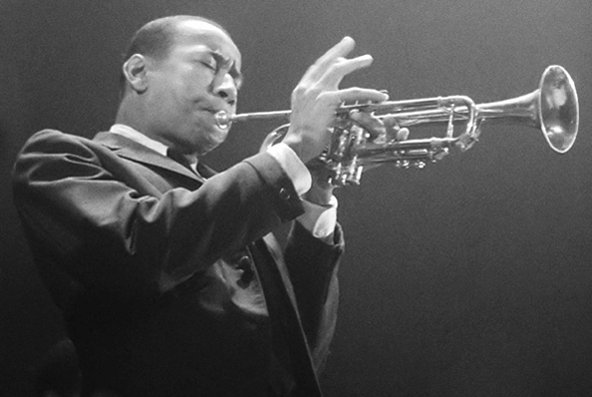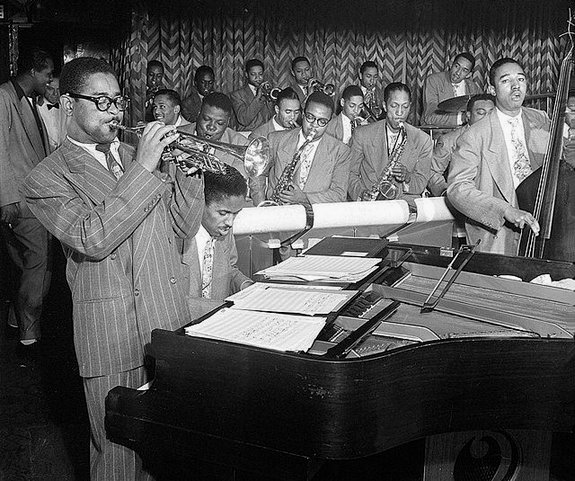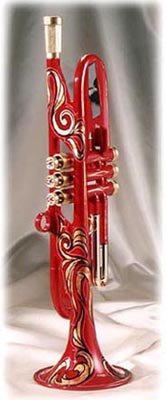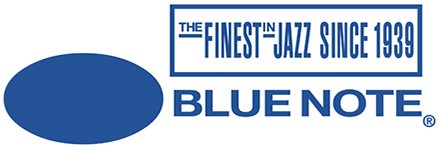Jazz hard bop: «Totem Pole» [ESP/ENG]
(Edited)
Joe Henderson (saxo tenor), Lee Morgan (trompeta), Barry Harris (piano), Bob Cranshaw (contrabajo) y Billy Higgins (batería). Extraído del álbum The Sidewinder (1964) de Lee Morgan.
Lee Morgan fue uno de los trompetista de jazz norteamericano más importantes del estilo hard bop. Sus influencias principales fueron Dizzy Gillespie, Miles Davis y Clifford Brown. Tenía una técnica virtuosa con un tono completo, flexible y robusto que era igual de poderoso en el registro agudo. Sus interpretaciones siempre estaban cargadas de emoción sin importar el estado de ánimo requerido en cada ocasión. Al principio de su carrera a Morgan le gustaba improvisar utilizando líneas melódicas largas y elegantes, y perfeccionó su forma de tocar mientras estuvo en los Jazz Messengers del batería Art Blakey de 1958 a 1961, aportando numerosos temas originales y participando en el esencial Moanin’ (1959) entre otros.
Lee Morgan was one of the most important American jazz trumpeters of the hard bop style. His main influences were Dizzy Gillespie, Miles Davis and Clifford Brown. He had a virtuoso technique with a full, flexible and robust tone that was equally powerful in the high register. His performances were always emotionally charged regardless of the mood required on each occasion. Early in his career Morgan liked to improvise using long and elegant melodic lines, and he perfected his playing while in drummer Art Blakey’s Jazz Messengers from 1958 to 1961, contributing a number of original tunes and appearing on the essential Moanin’ (1959) among others.

A medida que sus composiciones comenzaron a incluir elementos de blues y rhythm and blues, Morgan fue utilizando más el espacio e integrando el ritmo funky. En 1956 ingresó en la big band del trompetista de bebop Dizzy Gillespie, que le dio muchas oportunidades para hacer solos, hasta que tuvo que disolverla en 1958 por cuestiones económicas. En 1956 también se incorporó a Blue Note Records, grabando 25 álbums como líder a lo largo de su carrera para esta discográfica y colaborando en varios trabajos del saxofonista tenor Hank Mobley. Entre 1957 y 1958 apareció en tres álbums del organista y padre del soul jazz Jimmy Smith, así como en el fundamental Blue Train (1958) del gran saxofonista tenor John Coltrane.
As his compositions began to include elements of blues and rhythm and blues, Morgan used more space and integrated the funky groove. In 1956 he joined bebop trumpeter Dizzy Gillespie’s big band, who gave him many opportunities to take solos, until he had to dissolve it in 1958 for financial reasons. In 1956 Morgan also joined Blue Note Records, recording 25 albums as a leader throughout his career for this label and collaborating on several works by tenor saxophonist Hank Mobley. Between 1957 and 1958 he appeared on three albums by organist and father of soul jazz Jimmy Smith, as well as the seminal Blue Train (1958) by the great tenor saxophonist John Coltrane.

Harris hace una larga introducción y luego Henderson y Morgan se incorporan para exponer un tema que en su melodía principal tiene un ritmo latino, pero en el puente tiene una métrica de 4/4 en estructura AABA. El primero en hacer su solo es Morgan con frases elegidas con esmero y mucho swing en la parte del puente. Le sigue Henderson con un discurso más impetuoso, sugerente y bien calculado. Luego entra Harris tocando sin prisa y con una línea melódica simpática y atractiva, aunque hay momentos en que acelera sus frases. Entonces vuelve Morgan, que parece haberse contagiado del ímpetu de Henderson, para realizar un segundo solo tocando con firmeza y vitalidad. Se nota que se encuentra a gusto, pues sigue ejecutando su interpretación de forma extensa. Para terminar, el grupo reexpone el tema desvaneciéndose.
Harris gives a long introduction and then Henderson and Morgan join in to lay out a theme that in its main melody has a Latin rhythm, but in the bridge has a 4/4 meter in AABA structure. The first to solo is Morgan with carefully chosen phrases and a lot of swing in the bridge part. Henderson follows with a more impetuous, suggestive and well-calculated discourse. Afterwards Harris enters playing unhurriedly and with a nice and attractive melodic line, although there are times when he speeds up his sentences. Then Morgan returns, who seems to have caught by Henderson’s impetus, for a second solo playing with steadiness and vitality. You can tell he is at ease, as he continues to carry out his performance extensively. To finish, the group restates the theme fading out.

Translated with the help of DeepL
℗ Blue Note Records


Si te ha gustado el tema, quizá querrás escuchar también el primero de este álbum:
If you liked the track, you might also want to listen to the first one on this album:


0
0
0.000
¡Enhorabuena!
✅ Has hecho un buen trabajo, por lo cual tu publicación ha sido valorada y ha recibido el apoyo de parte de CHESS BROTHERS ♔ 💪
♟ Te invitamos a usar nuestra etiqueta #chessbrothers y a que aprendas más sobre nosotros.
♟♟ También puedes contactarnos en nuestro servidor de Discord y promocionar allí tus publicaciones.
♟♟♟ Considera unirte a nuestro trail de curación para que trabajemos en equipo y recibas recompensas automáticamente.
♞♟ Echa un vistazo a nuestra cuenta @chessbrotherspro para que te informes sobre el proceso de curación llevado a diario por nuestro equipo.
🏅 Si quieres obtener ganancias con tu delegacion de HP y apoyar a nuestro proyecto, te invitamos a unirte al plan Master Investor. Aquí puedes aprender cómo hacerlo.
Cordialmente
El equipo de CHESS BROTHERS